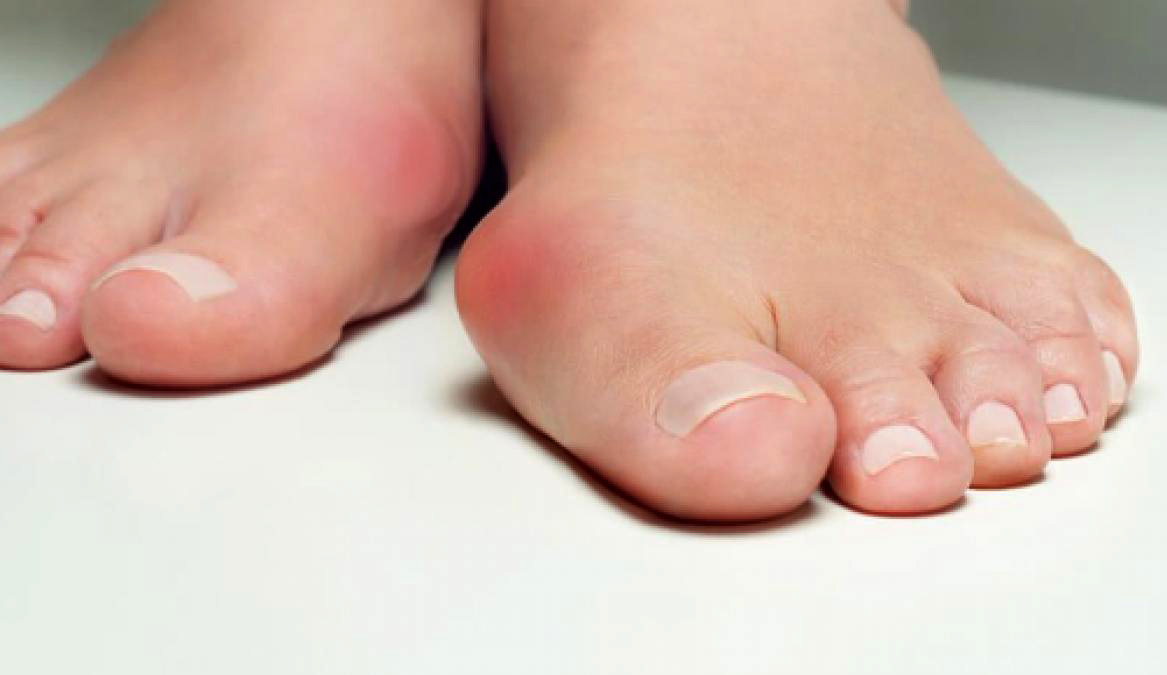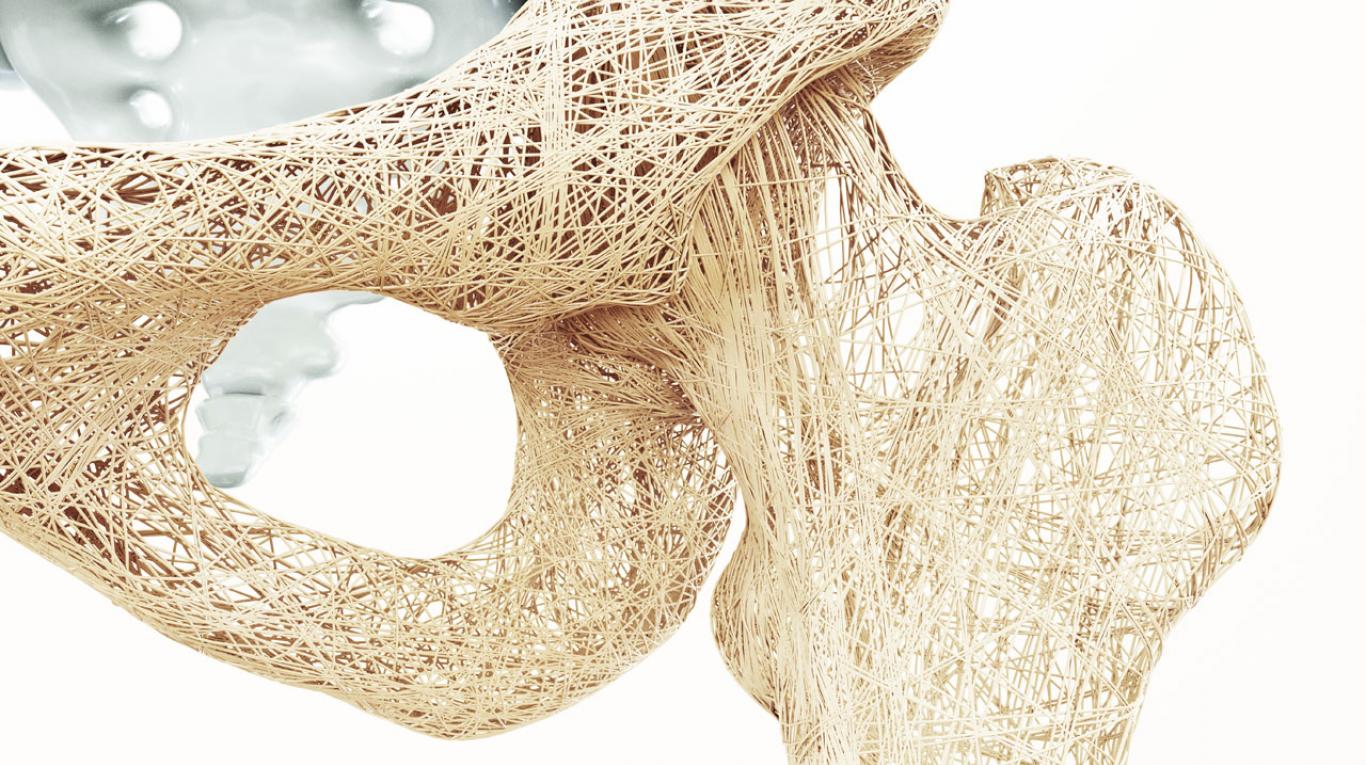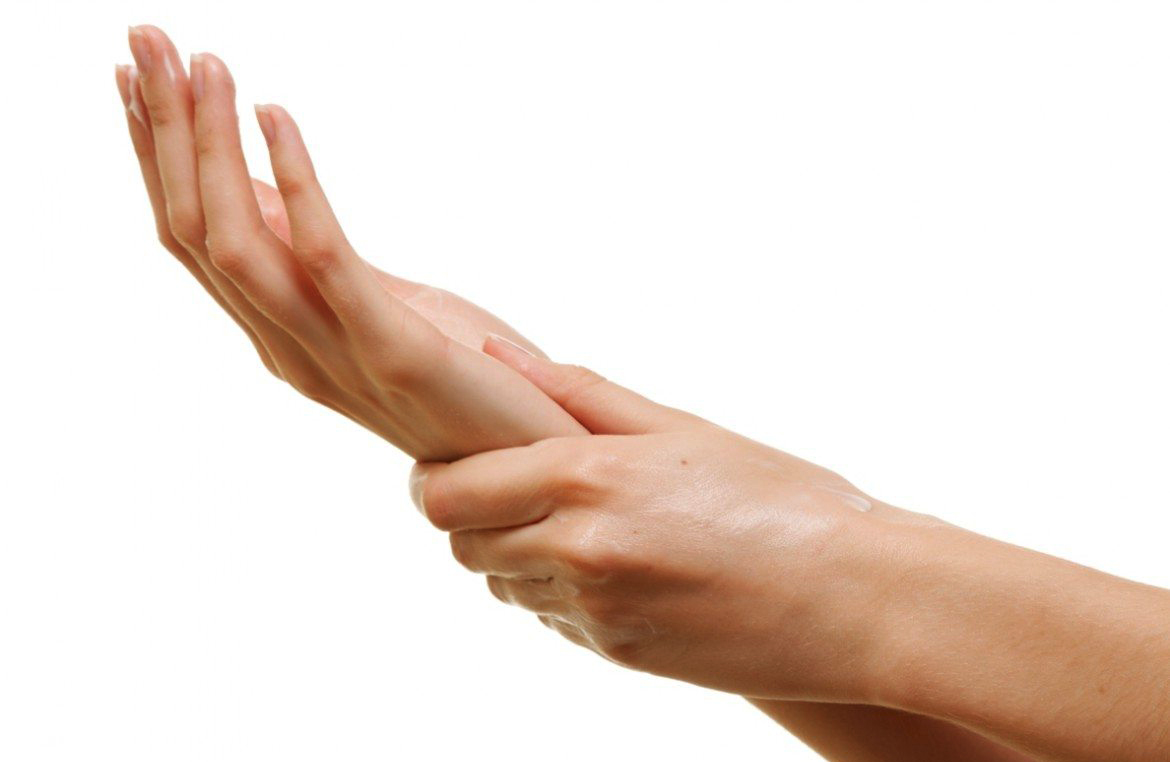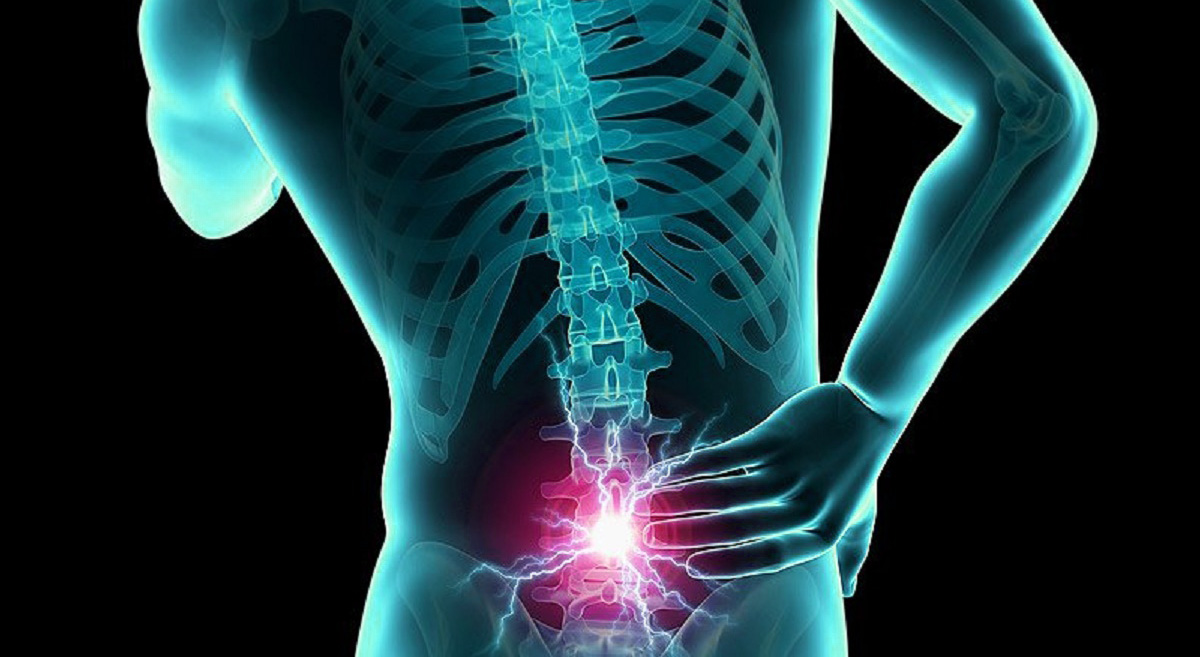[et_pb_section bb_built=”1″][et_pb_row][et_pb_column type=”4_4″][et_pb_text _builder_version=”3.13.1″]
The hallux valgus (bunion) is a protuberance visible in the big toe that causes pain, difficulty in wearing and aesthetic rejection.
It consists of the medial or valgus deviation (towards the center of the body axis) of the head of the first metatarsal and the approximation of the big toe to the rest of the fingers, which can even cause the superposition of the first two fingers. It is more common in women between 40 and 60 years of age and in some cases, are hereditary. Classically they have been related to women’s shoes, more specifically with the distribution of pressure that causes a pointy shoe with a heel.
There are three different types of hallux valgus: congenital, acquired and pathological, the latter understood as the metatarso-phalangeal deformity associated with diseases such as rheumatoid arthritis or gout. The acquired is the most common.
- Hallux valgus congenital: The very rare cases of this disease are really congenital anomalies of the interphalangeal joint of the first finger.
- Hallux valgus acquired: In its appearance, general, extrinsic and intrinsic factors intervene.
The treatment of a bunion can be of two types: conservative or surgical.
Many experts consider the bad fit of shoes as the main cause of bunions, but the reality is that people who have never worn shoes have this deformity, and people who do wear shoes have not developed hallux valgus. Therefore, it is accepted that there is a basic structural defect of the foot that predisposes to the development of the disease, and that inappropriate shoes accentuate the situation and accelerate the development of the bunions.
Always take care of your health with a unique and efficient service. Visit Pharmamedic.
[/et_pb_text][/et_pb_column][/et_pb_row][/et_pb_section]






